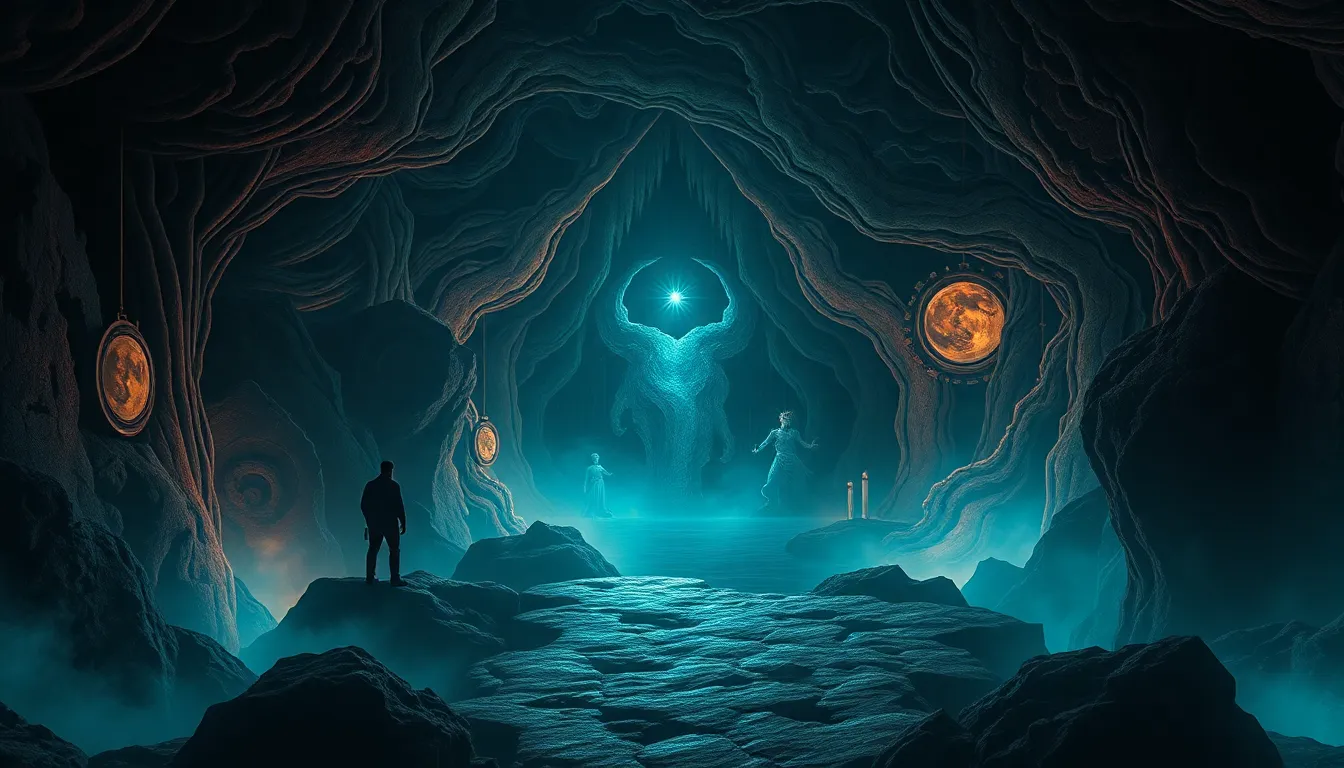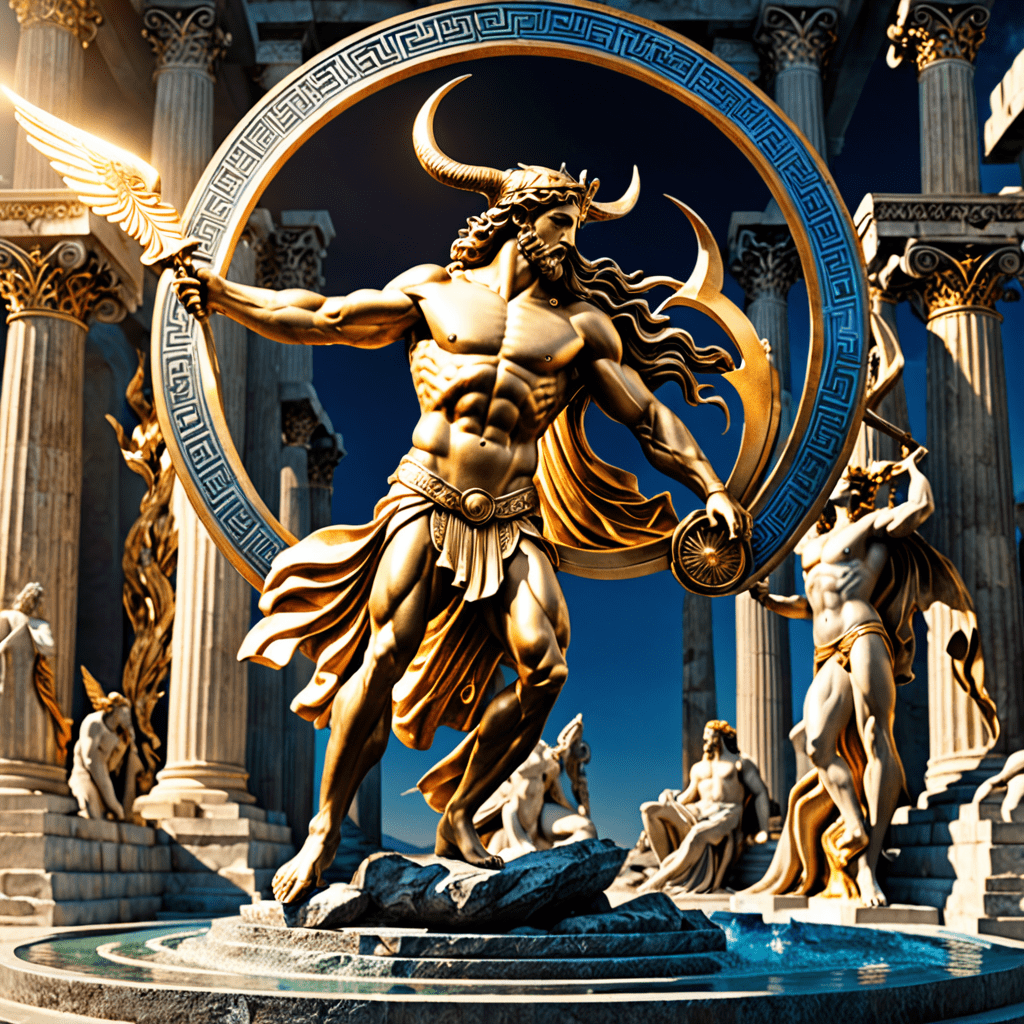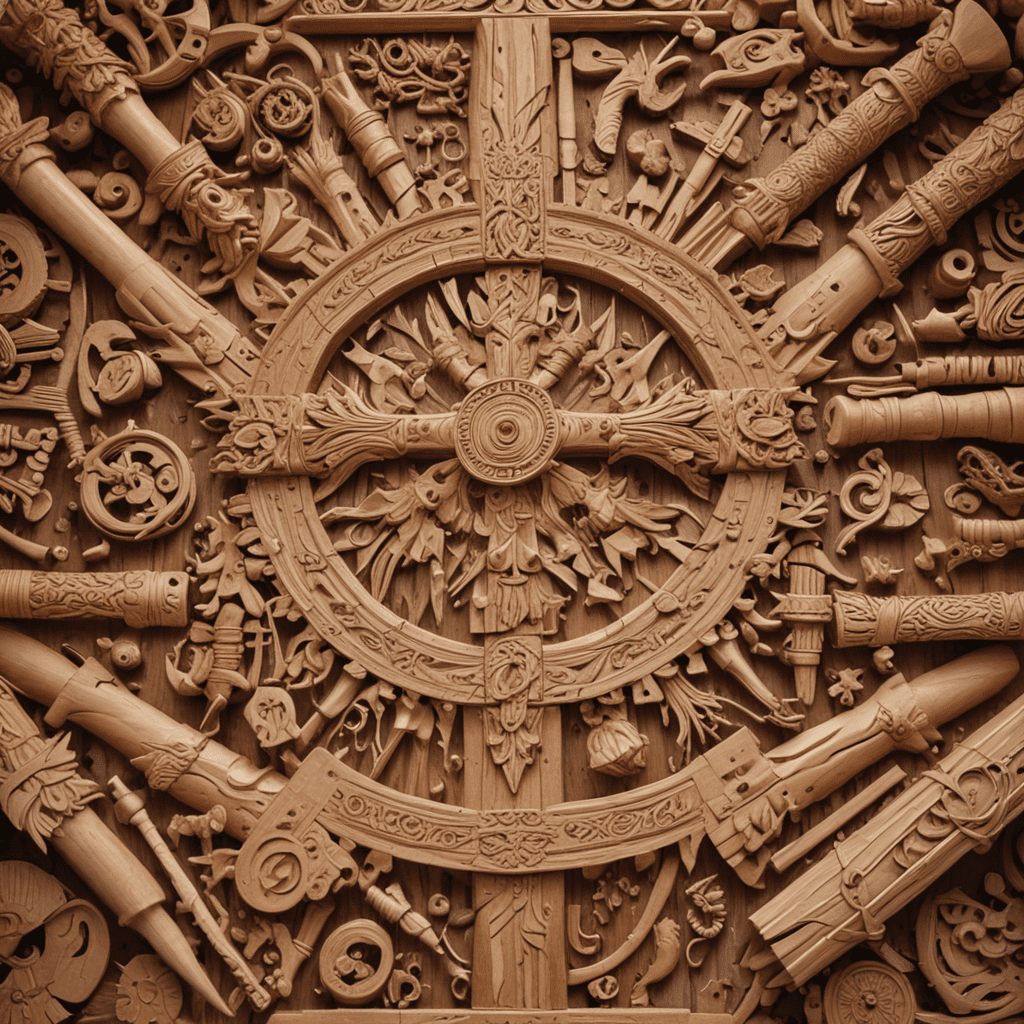The Underworld: Myths That Challenge Our Perception of Reality
I. Introduction
The concept of the Underworld has fascinated humanity for centuries, manifesting in countless cultures and belief systems around the globe. From the Greek Hades to the Egyptian Duat, the Underworld serves as a realm that transcends the physical world, often representing the afterlife, a place of judgment, or a journey of the soul.
Myths regarding the Underworld play a crucial role in shaping our understanding of life, death, and what lies beyond. These narratives not only provide insight into ancient civilizations’ beliefs but also influence contemporary perspectives on mortality and existence.
This article aims to explore various myths related to the Underworld across different cultures, examining their implications and how they challenge our perception of reality.
II. The Archetype of the Underworld Across Civilizations
Throughout history, civilizations have depicted the Underworld in diverse ways, each reflecting their unique cultural contexts:
- Ancient Greece: The Greeks viewed the Underworld, known as Hades, as a realm ruled by the god of the same name. It was divided into different sections, including Elysium for the virtuous and Tartarus for the wicked.
- Ancient Egypt: In Egyptian mythology, Duat was the Underworld where souls journeyed after death. The journey involved trials and an eventual judgment by Osiris, determining their fate in the afterlife.
- Mesopotamia: The Land of No Return, as described in Sumerian mythology, was a bleak and dreary place where the dead resided, emphasizing the inevitability of death.
- Mesoamerican beliefs: The Maya and Aztec cultures spoke of Xibalba, a complex Underworld filled with challenges and trials that souls had to navigate to reach the afterlife.
III. The Role of the Underworld in Cultural Narratives
The Underworld often serves as a powerful metaphor within cultural narratives:
- Death and Rebirth: Many myths illustrate the Underworld as a necessary passage for transformation, symbolizing the cycle of life and death.
- Myths of Descent: Heroes often journey to the Underworld and return, showcasing personal growth and the triumph of the human spirit.
- Reflection of Societal Fears: The characteristics of the Underworld often mirror societal values and fears, revealing how cultures cope with mortality and the unknown.
IV. Psychological Interpretations of Underworld Myths
Psychologically, the Underworld can be interpreted through various lenses:
- Carl Jung’s Shadow Self: Jung proposed that the Underworld represents the shadow self, encompassing the repressed aspects of our psyche that we must confront.
- Unconscious Mind: The Underworld symbolizes the depths of the unconscious, where hidden fears and desires reside.
- Understanding Human Behavior: Myths surrounding the Underworld provide frameworks for exploring human psychology and the complexities of behavior.
V. The Underworld and Morality: Ethical Implications in Myths
Many myths about the Underworld incorporate themes of morality and ethics:
- Judgment and Afterlife: Concepts of sin and redemption are prevalent, often depicting a moral reckoning after death.
- Role of Deities: Gods and spirits often serve as arbiters of moral behavior, guiding souls through the consequences of their earthly actions.
- Cultural Justice: Myths shape cultural understandings of justice, reflecting communal values on right and wrong.
VI. The Underworld in Modern Literature and Popular Culture
In contemporary storytelling, the Underworld retains its significance:
- Influences in Novels and Films: Modern narratives often draw inspiration from ancient myths, reinterpreting them for current audiences.
- Reinterpretation of Myths: Writers and filmmakers explore themes of death, resurrection, and the human condition through the lens of the Underworld.
- Existential Themes: The Underworld serves as a backdrop for exploring profound existential questions about life, identity, and purpose.
VII. Comparative Analysis: The Underworld in Eastern vs. Western Myths
Examining the Underworld across cultures reveals significant contrasts:
- Beliefs about Death: Eastern and Western myths differ in their perceptions of death and the afterlife, with Western traditions often focusing on judgment and finality.
- Reincarnation: In many Eastern traditions, such as Hinduism and Buddhism, reincarnation plays a vital role, contrasting the linear views of Western beliefs.
- Linear vs. Cyclical Views: Western myths often depict a linear progression from life to death, while Eastern myths embrace a cyclical understanding of existence.
VIII. The Underworld as a Symbol of Transformation
Myths often depict the Underworld as a space for transformation:
- Personal Transformations: Characters who descend into the Underworld frequently emerge changed, symbolizing growth and self-discovery.
- Self-Discovery and Growth: The journey through the Underworld is portrayed as essential for realizing one’s potential and understanding the self.
- Journey Through Darkness: The Underworld represents a path through adversity leading to enlightenment and newfound wisdom.
IX. The Scientific Perspective: Myths vs. Reality
From a scientific standpoint, the importance of myths cannot be understated:
- Psychological Need for Myths: Myths fulfill a psychological need for understanding the world, providing narratives that help us cope with existential uncertainties.
- Intersection of Mythology and Science: Modern science often investigates the origins of myths, exploring their role in human evolution and social development.
- Understanding Human Experience: Myths allow us to explore and articulate complex human experiences, bridging the gap between the tangible and the intangible.
X. Conclusion
The Underworld serves as a profound symbol within various cultural myths, challenging our perceptions of reality, morality, and the human experience. By examining these narratives, we not only gain insight into ancient beliefs but also find relevance in our contemporary lives. Myths about the Underworld invite us to confront our fears, explore our unconscious, and ultimately, understand the transformative power of the journeys we undertake—both in life and beyond.



